
© Tatiana Ratmansky. (Click image for larger version)
Alexei Ratmansky, the Covid-19 Interview
“Its’ like a dress rehearsal for retirement and it turns out that I’m not ready for it.”
Barely a week before the world realized that it was in the grip of a pandemic, American Ballet Theatre (ABT) was making frenzied preparations for the premiere of a new ballet: Alexei Ratmansky’s Of Love and Rage. The ballet, which is based on a tale from the 1st century by the Greek writer Chariton, is a throwback to the theatrical spectaculars of the 19th century and Soviet dramas like Spartacus and The Fountain of Bakhchisarai. With imposing sets inspired by classical Syracusan and Near-Eastern art, a well-stocked cast of characters, and a dramatic score by Khachaturian, it had everything contemporary ballet tends to shy away from: spectacle, drama, a fast-moving plot full of unlikely twists, battle scenes, kidnappings, pirates.
The company pulled it all together for four performances at the Segerstrom Center for the Arts in Costa Mesa, California (March 5-8), and then flew home to New York, and to a changed world. Since then, studios have closed, dancers have scattered, most work has gone online, and any hope for a reawakening of ballet in America has been repeatedly deferred, and will probably continue to be so until the development of a vaccine. The dance scene is beginning to feel like the slumbering kingdom in Sleeping Beauty.

© Rosalie O’Connor. (Click image for larger version)
Ratmansky, who normally spends most of his waking hours in a ballet studio or on a plane in transit to another ballet studio, has been mostly at home in Manhattan with his wife Tatiana. I caught up with him recently and asked him what he’s been up to.
MH: At the beginning of the lockdown, you seemed quite happy to have a break.
AR: Yes, it’s true.
When did that change?
After about two months. Two months was what I needed, physically. Just to lie on the sofa and do nothing.
What have your days been like during this strange period?
We have a lot of zoom meetings with my colleagues at American Ballet Theatre. I’ve been reading through ballet notations. I’m watching a lot of Japanese Animé series. I listen to music, read. I read the Iliad and the Odyssey. I hadn’t read them since school. Yesterday we spent the day in the Bronx Botanical Gardens. It’s quiet and beautiful. There’s no-one around except the squirrels and chipmunks.
Have you done other things on Zoom?
I had an experience working with the Mariinsky dancers via Zoom. Because my ballet Seven Sonatas was going to be premiered there this spring. It was almost ready. Stella Abrera, who danced in the original cast at ABT, staged it. She escaped on one of the last flights out of St. Petersburg. She staged the whole ballet and I had a week of rehearsals. It worked wonderfully because the camera was far enough from the rehearsal stage. They would dance a bit and then we would stop and discuss and I corrected them and then they repeated. It was easy for them to pick up my corrections.

© Gene Schiavone. (Click image for larger version)
Did they get to perform it?
Not yet. But I got a message from Yuri Fateev [director of the Mariinsky Ballet] that they’ve started to rehearse it again
Are you tempted to make a video dance, as many people have been doing, since there’s really no other option?
I dislike the medium. There’s very little dancing; it’s more about the editing. It’s so much less about the choreography or the quality of performance. I think it can work when the movement is minimal. Big movements don’t read on the flat screen and in constricted spaces. It’s a poor substitution for the real thing.
When you were a kid, you were really into video. You used to film little skits with your friends. Is that impulse still in you?
I think if I if I hadn’t gone into dance, I might have gone into cinema. It’s a lost opportunity. But you need to learn how to do it. I mean, I have made a few little films during this period, but they’re so amateurish I’m too shy even to post them on Facebook.
Have you seen any video dances that you thought actually worked?
A couple of little things. I saw one by Constant Vigier, I think he’s French. A lot of little screens combined; sometimes the movements were in unison, sometimes they were slightly off. That was clever.
[Author’s note: Vigier created 16 short films of himself doing a similar sequence of movements. They all start the same way, but then the films diverge, creating an interesting rhythm and counterpoint between the different frames.]
In Russia, companies are starting to open up. Do you feel confident that it’s safe to work there?
I hear from the Russian news that everything is going great and they’ve defeated Covid and the vaccine is about to be released. But who knows whether it’s false or true. I think I’m getting closer to the point when I will be willing to work no matter what. Even if it’s not safe I’ll be willing to work because it’s getting close to being unbearable. It’s like a dress rehearsal for retirement and it turns out that I’m not ready for it. Maybe I need to build a place surrounded by nature, near the water, to get some energy from somewhere.
Right before the pandemic began, your big new ballet for American Ballet Theatre, Of Love and Rage, premiered in Costa Mesa. How do you feel about that experience now, in retrospect?
For me, the most beautiful part was the way everyone came together. All the dancers, all the ballet masters and designers and the people in the workshops. It was a very beautiful unity, because there was very little time. I also think that when we eventually get back into the rehearsal studio it will feel different. And we will all see it with different eyes. I think it will work. The basic ingredient is the music, which is fantastic. [Most of the score is drawn from Khachaturian’s Gayané.]
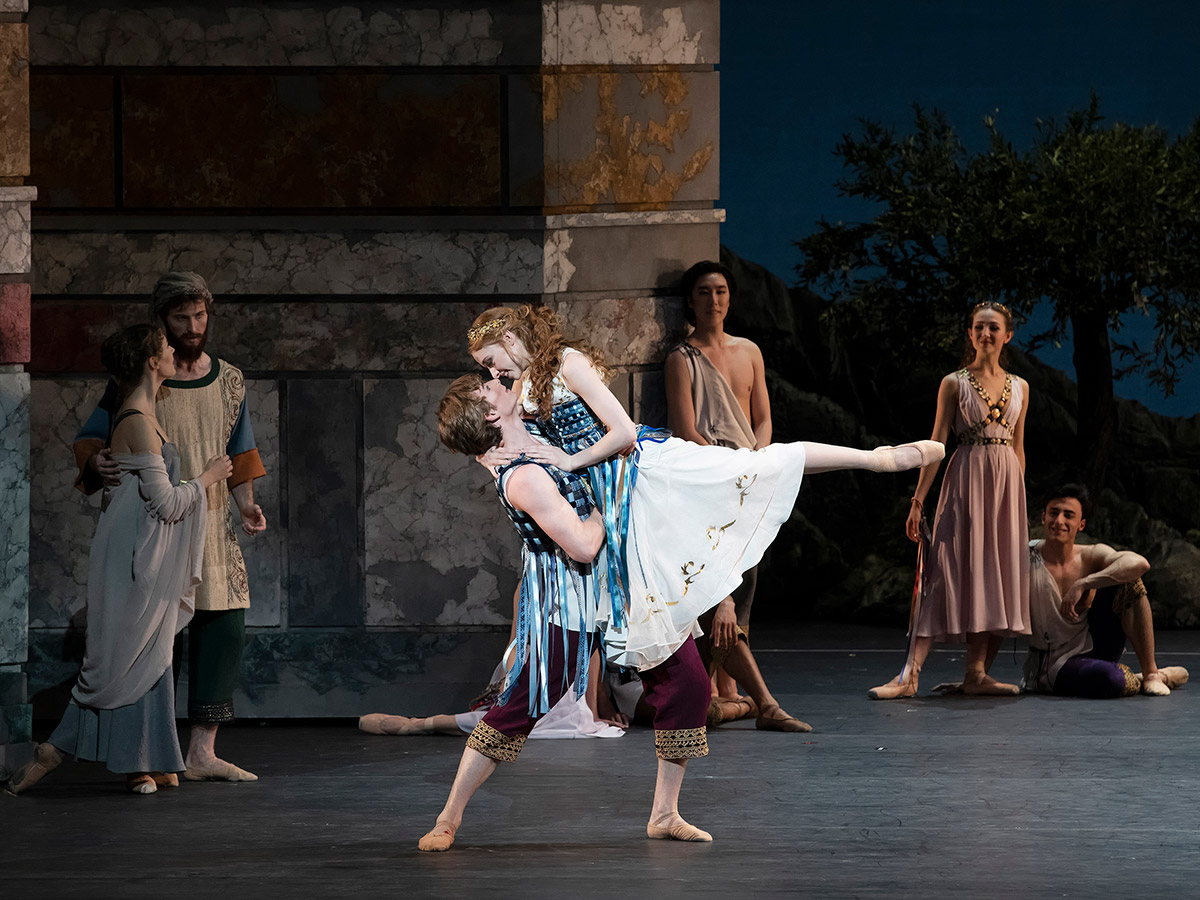
© Gene Schiavone. (Click image for larger version)
You said you’ve been watching a lot of Japanese Anime. What is it about it that attracts you?
The aesthetics of it are fantastic. It’s beautifully drawn. They do such a good job of depicting little details of the characters and the interactions between the characters. A little change in the line of a face or the body, or in the landscape, tells you so much about the emotions of the scene. It’s such an ancient art in Japan, storytelling through little images. They’re so refined in their choices. When to zoom in, when to show the whole picture, when to show a distorted image. There are Anime directors who are absolute geniuses.
Do you think you might ever make a Manga or Animé ballet?
I think I may have done that already: Whipped Cream.

© Rosalie O’Connor. (Click image for larger version)
Do you think about what it will be like when you’re able to go back to work?
It’s really so uncertain how companies will come back and in what shape. What will the audience need? What will the dancers need? I occasionally feel like we are wasted, that we’re not needed. We’re not essential workers. People can live without us. It’s something you don’t normally think about. You go to the studio, you work on your ballet, and then you see a full audience and they’re happy and they applaud. But what will they want to see now? And what will companies be forced to show in order to survive? It may be just Swan Lakes and Romeos and Juliets all over the place for a while.
Do you ever fear getting out of shape choreographically, just as dancers fear getting out of shape physically?
Yes, yes, yes, yes. Of course. But I always fear getting out of shape, whenever the gap between projects is too long. It’s always scary.
Is it a fear that the inspiration will go away?
Well, you know, the time has changed. And it means that what people want to see, and what the dancers want to dance, might be something very, very different.
Has this period changed the way you think about performance?
No, not really. Because, you know, there is this feeling of being locked away. You don’t let your mind lose itself in choreographic thoughts, because you don’t know when the opportunity will return. So you want to sort of save it for later.







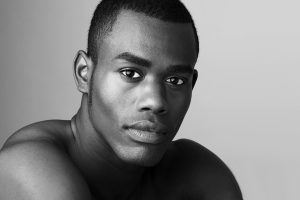

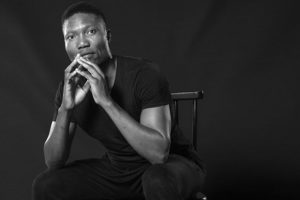


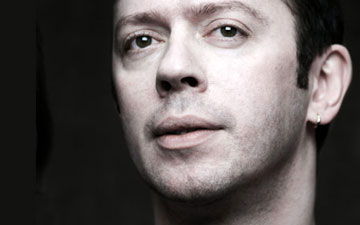

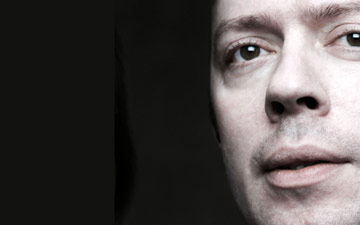


SO interesting!
Yes indeedie! Thank you